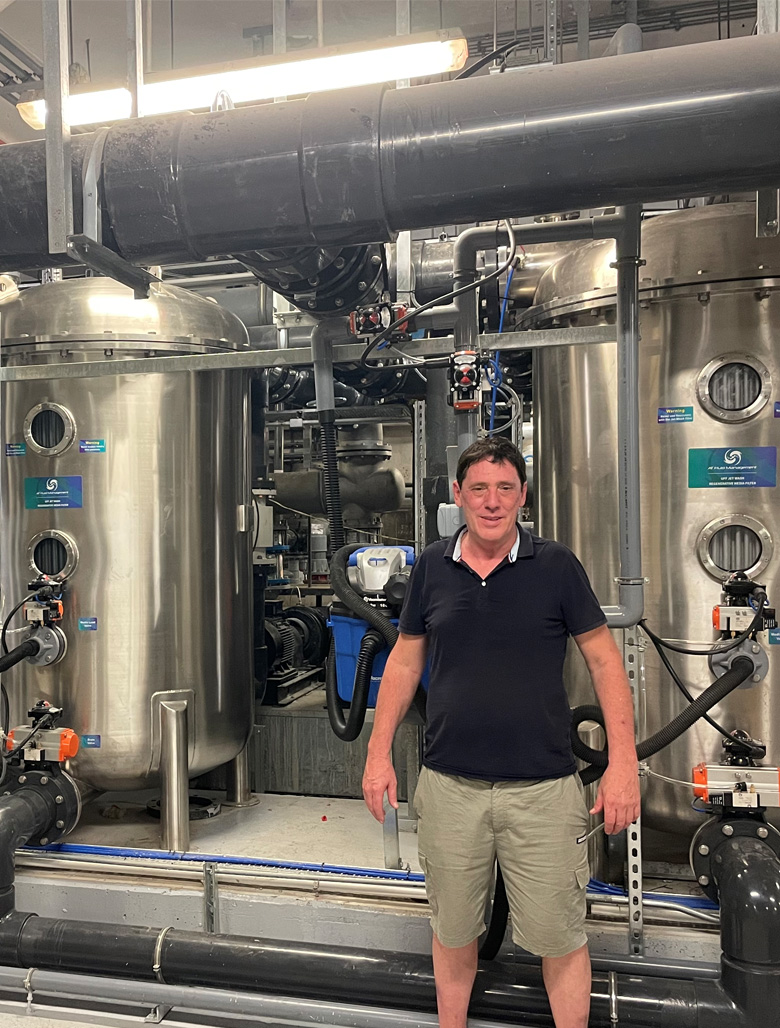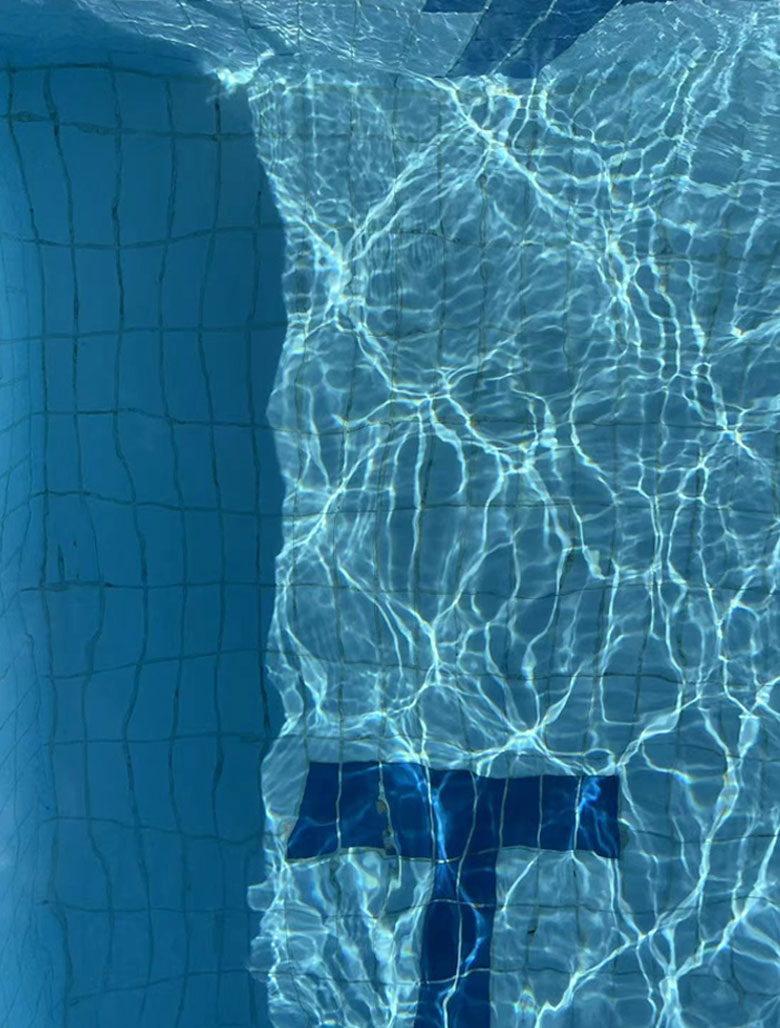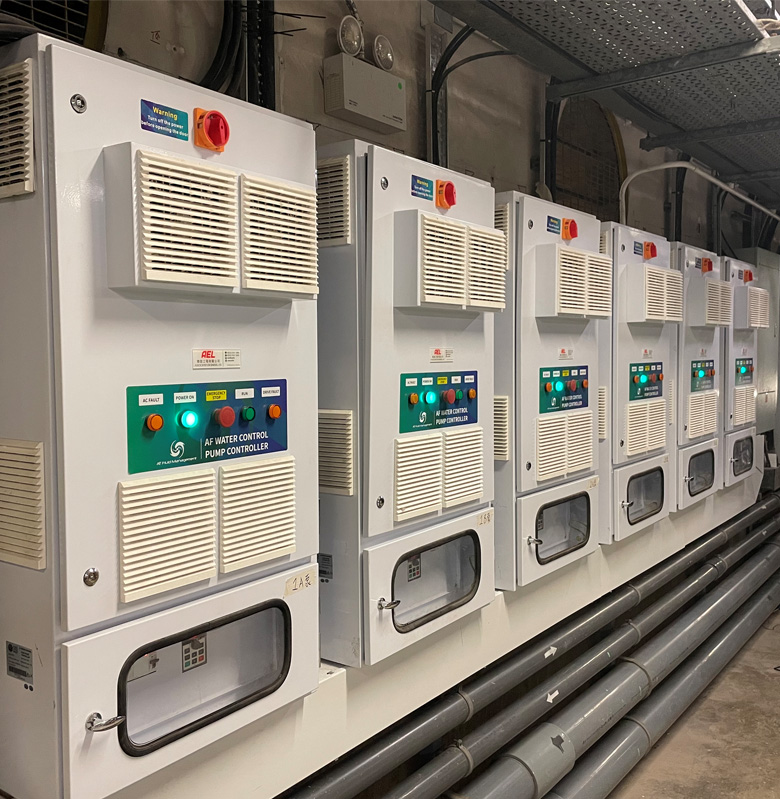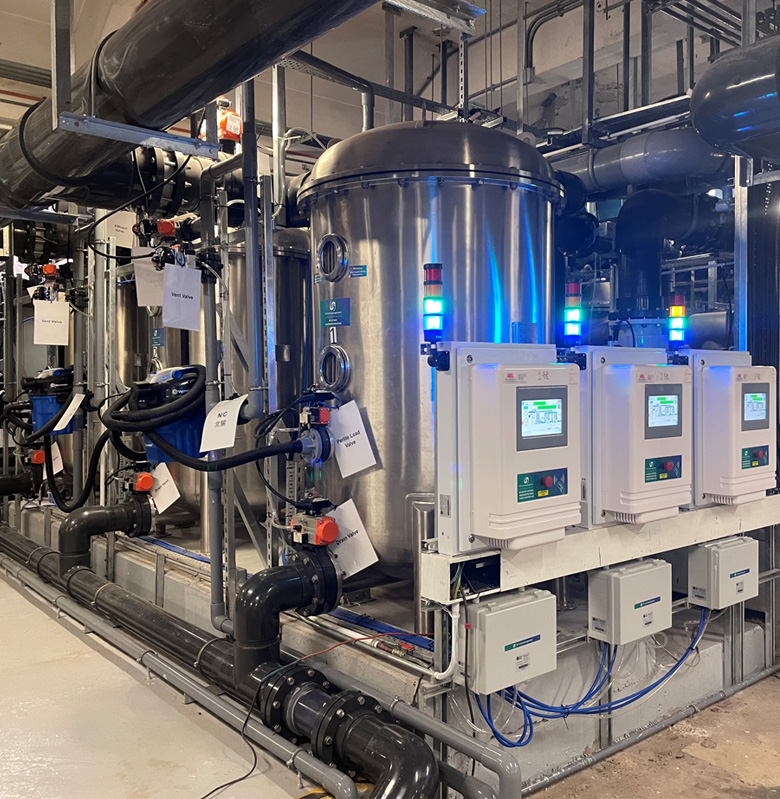Retrofit Traditional Sand Filters with UFF Jet Wash Filters

Custom Equipment For Marine Research
September ,2022



K-fluid is pleased to participate in the project to upgrade the swimming pool infrastructure in Hong Kong. Our Jet Wash Regenerative Media Filtration System brings significant advantages over the traditional filtration sand filters.
Filteration Size to Capture Viruses in Pool water
Regenerative media filter is the only category of swimming pool filter that may capture viruses since viruses are too small to be effectively captured by more traditional sand filtration, it can removal of parasites such as cryptosporidium(crypto), most of these harmful creatures will be captured and removed from the pool water. Traditional sand filters will rarely capture these tiny microorganisms (crypto is on the order of 3 to 5 microns in size).
High Level of Water Conservation
The only water loss associated with the regenerative media filter is the volume of the filter tank itself. When it is time to replace the perlite material in the tank, after several regenerative cycles, the volume of an entire tank is wasted to removal of all dirty perlite. This water loss is magnitudes less than with a traditional sand filter that requires a backwash rate generally equal to the filter flow rate for a period of 3 to 5 minutes. With a sand filter this must occur every time the filter needs to be backwashed.
Less fuel and chemicals lost
Jet-wash Regenerative Media Filter reduces the tremendous amount of backwash water associated with sand filter operation. This dramatic reduction of backwash waste directly translates to savings in chemicals and fuels for reheating associated make-up water.
Energy Savings
Jet-wash Regenerative Media Filter operates at lower head pressure throughout the filter cycle reducing power demand. And the elimination of backwash waste associated with sand filtration provides significant wastewater treatment savings.
Space and Construction savings
Compare with traditional sand filters, Jet-wash Regenerative Media Filter has more effective filter area. In the same filter area, Jet-wash Regenerative Media Filter takes up 1/4 to 1/6 of the space required by an equivalently sized sand system. This saves both space and construction costs.
